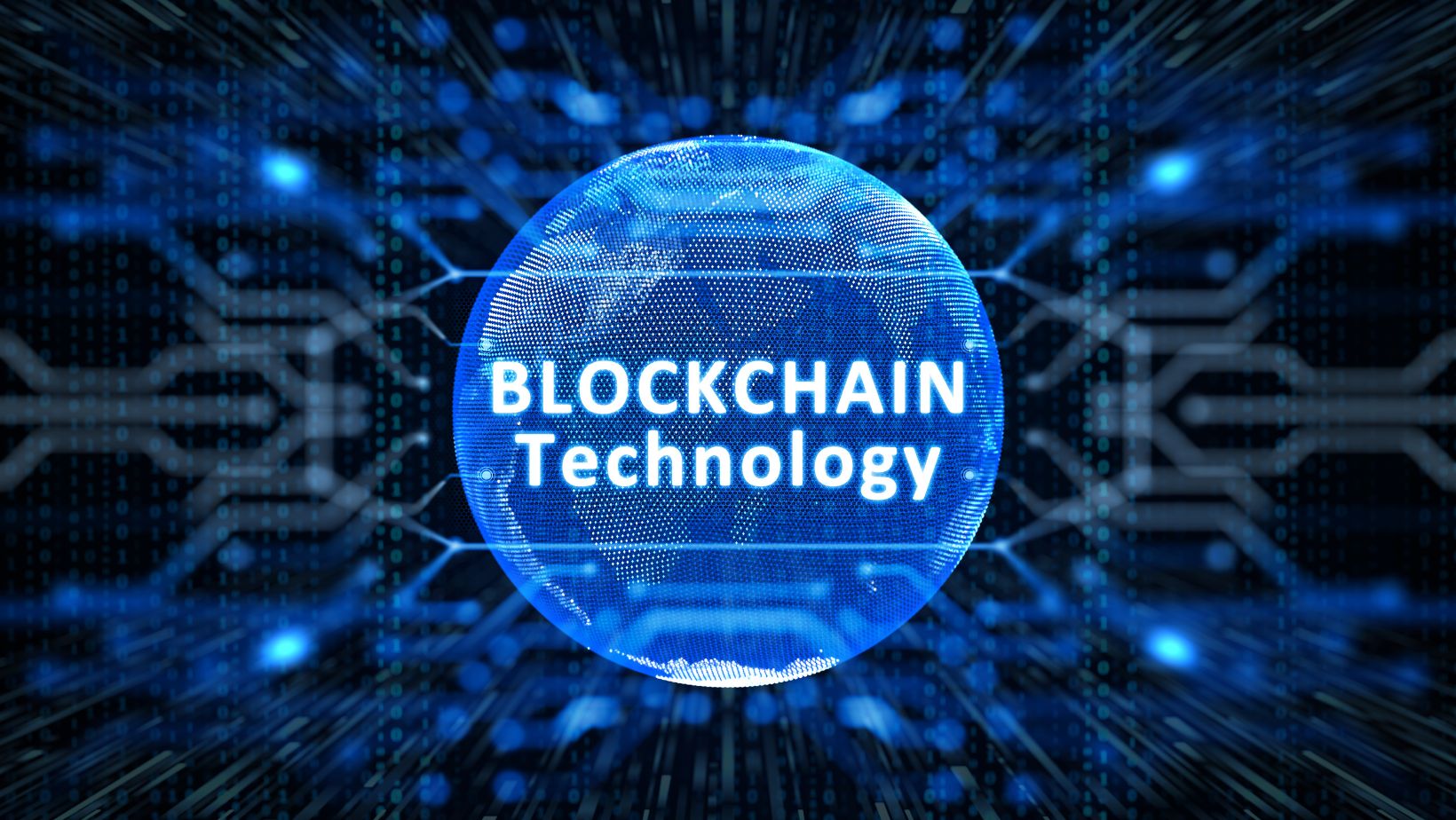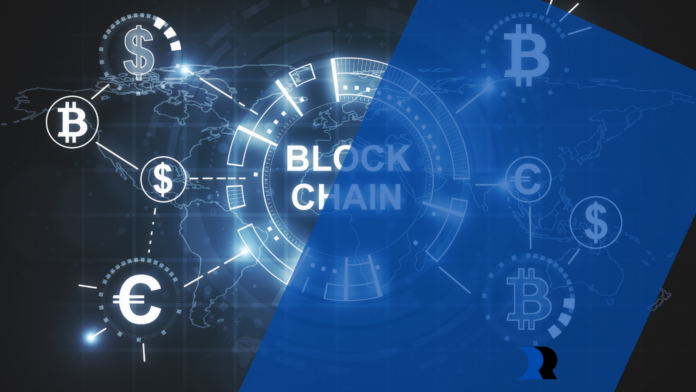Digital assets have emerged as a defining feature of the modern economy. These assets, often stored on blockchain technology, encompass a wide range of digital representations of value, from cryptocurrencies to non-fungible tokens (NFTs) and beyond. Engaging with these digital assets, particularly for those interested in cryptocurrencies, is a solution focused on simplifying the trading process. In this article, we will explore the evolution of digital assets, starting with their foundational technology, blockchain, and delving into the various forms and applications that have emerged over the years. Dive into the investment education resources available on Immediate Revolution 360 and equip yourself with the skills to confidently navigate the complex world of investments.
Blockchain: The Foundation of Digital Assets
Blockchain technology, often hailed as revolutionary, is the underlying infrastructure that has made the creation and management of digital assets possible. It is essentially a decentralized ledger that records transactions across a network of computers. Each transaction is grouped into a “block” and added to a chain of previous transactions, hence the term “blockchain.” The key features of blockchain include transparency, immutability, and security.
Blockchain’s Role in Digital Assets
Blockchain technology plays a pivotal role in creating and securing digital assets. Through cryptographic techniques, digital assets are represented on the blockchain as unique, tamper-resistant entries. The distributed nature of the blockchain ensures that there is no single point of failure, enhancing the security of digital assets.
Real-world applications of blockchain-based digital assets are extensive. Cryptocurrencies, which we will explore in the next section, are the most well-known examples. However, blockchain is also used for tokenizing real-world assets like real estate, art, and even commodities, making them more accessible and tradable.
The Rise of Cryptocurrencies
Cryptocurrencies, digital currencies built on blockchain technology, have garnered significant attention since the introduction of Bitcoin in 2009. They are designed to function as a medium of exchange, store of value, and unit of account. The history of cryptocurrencies is marked by rapid growth and innovation, with thousands of different cryptocurrencies in existence today.
Popular Cryptocurrencies
Bitcoin, often referred to as digital gold, remains the most prominent cryptocurrency. Its decentralized nature and limited supply have made it a sought-after store of value. Ethereum, on the other hand, introduced the concept of smart contracts, enabling developers to build decentralized applications (DApps) on its platform. Other cryptocurrencies like Ripple (XRP), Litecoin (LTC), and Cardano (ADA) have also gained popularity for their unique features and use cases.
Disruption of Traditional Finance
Cryptocurrencies have disrupted traditional financial systems by offering borderless, permissionless, and censorship-resistant transactions. They provide financial inclusion to those without access to traditional banking and challenge the control of centralized financial institutions.
However, the cryptocurrency space is not without its challenges. Regulatory concerns, price volatility, and security issues remain areas of contention as governments and financial institutions grapple with this new asset class.

Beyond Cryptocurrencies: Tokenization of Asset
Asset tokenization is the process of representing real-world assets as digital tokens on a blockchain. This innovation has the potential to revolutionize the way we trade and invest in traditional assets. Tokenized assets can represent real estate, stocks, art, and more, making them more divisible and accessible to a global audience.
Benefits of Asset Tokenization
Asset tokenization offers increased liquidity, as tokens can be traded 24/7, reducing the need for intermediaries. Fractional ownership becomes feasible, allowing individuals to invest in high-value assets with small amounts of capital. Additionally, smart contracts can automate processes like dividends and ownership transfer.
NFTs: The Digital Collectibles Revolution
Non-fungible tokens (NFTs) have captured the imagination of the world by turning digital files into unique, tradable assets. NFTs are indivisible and cannot be exchanged on a one-to-one basis like cryptocurrencies. They have found applications in art, music, gaming, and more.
NFTs in Art And Entertainment
NFTs have disrupted the art world, allowing artists to sell digital creations and receive royalties on secondary sales. Musicians and celebrities have also embraced NFTs as a new way to engage with their fans and monetize their content.
NFTs in Gaming And Virtual Worlds
In the gaming industry, NFTs are used to represent in-game assets and characters. Gamers can own, trade, and sell these assets across various virtual worlds. Blockchain technology ensures true ownership and scarcity of these digital items.
DeFi: Decentralized Finance and the Future of Finance
Decentralized Finance (DeFi) represents a revolutionary shift in the financial sector. DeFi platforms use blockchain technology to create financial services like lending, borrowing, and trading without relying on traditional banks or intermediaries.
Growth of DeFi
The DeFi ecosystem has grown exponentially, with projects like MakerDAO, Aave, and Compound offering various financial services. Users can earn interest on their assets, borrow against their holdings, and trade assets directly from their wallets.
Challenges And Risks
Despite its promise, DeFi is not without risks. Smart contract vulnerabilities, regulatory concerns, and the potential for hacks have raised questions about the security and stability of DeFi platforms. However, innovation continues to drive this sector forward.
Emerging Technologies And The Future of Digital Assets
As digital assets continue to evolve, emerging technologies are poised to play a significant role in their development.
AI And IoT
Artificial Intelligence (AI) and the Internet of Things (IoT) are expected to enhance the functionality and utility of digital assets. AI can provide insights into asset performance, while IoT devices can interact with smart contracts and blockchain networks.

Quantum Computing
Quantum computing presents both an opportunity and a challenge. While it has the potential to break current encryption standards, it can also be used to enhance blockchain security through quantum-resistant cryptography.
Future Trends
The future of digital assets is promising, with trends like decentralized identity, cross-chain interoperability, and enhanced privacy solutions on the horizon. As the technology matures, the possibilities for digital assets will continue to expand.
Ethical And Regulatory Considerations
As digital assets become more integrated into our lives, ethical and regulatory questions arise. Issues related to privacy, data security, and ownership rights must be addressed as the technology evolves.
Conclusion
The evolution of digital assets, driven by blockchain technology, has ushered in a new era of finance and innovation. From cryptocurrencies to NFTs and DeFi, the digital asset landscape continues to evolve rapidly. As we look to the future, emerging technologies and ethical considerations will shape the path forward. Staying informed and adaptable is key in navigating this transformative landscape. Digital assets have the potential to revolutionize how we store, transfer, and trade value, and their impact on our society is just beginning to unfold.


